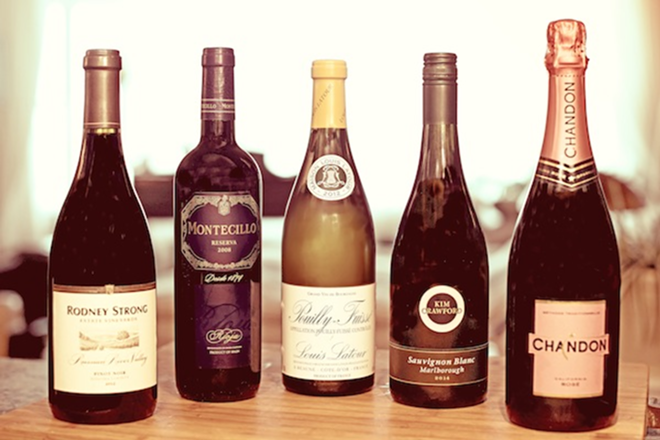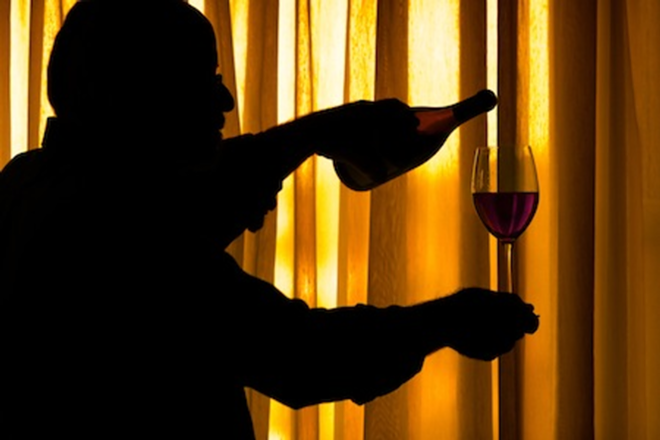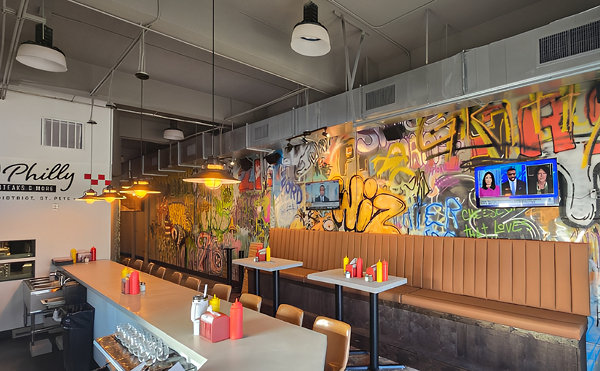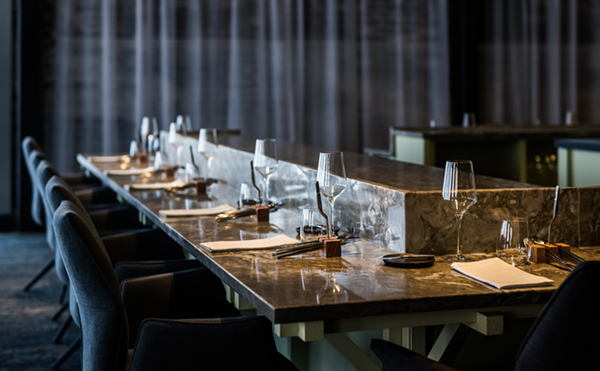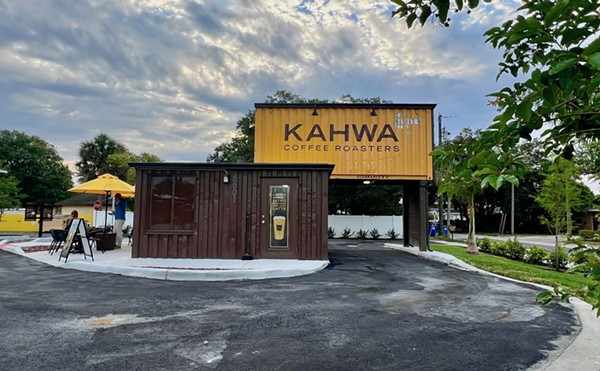You need a wine cellar. It doesn’t have to be fancy, and the wine needn’t be expensive. However, there’s a certain joy in knowing the right wine for a particular meal is at your fingertips. I know wine can be intimidating, but that’s true for many realms of the unknown. Everything you sample and everything you learn adds to your enjoyment. You gain a greater understanding of your palate, and the diversity that the wine world offers, with the more you taste. So let’s begin.
It’s useful to develop a relationship with a particular wine shop, a spot that does regular tastings and offers advice. That said, I’m building this column around wine that’s readily available at Costco. The prices are good, and the selection is an adequate place to begin until you get hooked. When that happens, you’ll probably want to seek out specific producers and vintages, and, perhaps, stretch your budget for a special bottle. But in the meantime, we’ll focus on keeping it simple and affordable with most wines $20 or less. My strong recommendation is to up your game from boxed or bulk wine, and even from bottles under $10. Making that jump to an extra $5 per bottle is actually a quantum leap in wine quality. And as you’ll see, many of these recommendations are quite wallet-friendly.
For white wine, you need four to cover the bases: 1) Sparkling wine, 2) Sauvignon blanc, 3) Chardonnay and 4) Riesling. Let’s look at each one to understand why it’s on the list, and which wines from Costco’s inventory fit the bill.
Domaine Chandon Brut Classic, California, $14. This sparkler is part of the famous Champagne house, Moët & Chandon. The quality is excellent for the price, even if it doesn’t make you forget real Champagne. Costco has that, too, if you wish to splurge, including the Kirkland brand which still meets our $20 budget. I almost always start a special meal or festive occasion with sparkling wine. Because it’s dry and has amazing acidity, it’s perfect with shellfish or smoked salmon appetizers. Even if you’re not cooking seafood, sparkling wine cleanses your palate in a way that enhances almost any starter. I also love pink or rosè bubbles that have a little bit more body. Chandon’s version (Blanc de Noirs) is under $15.
Kim Crawford Sauvignon Blanc, New Zealand, $13. The Marlborough region of New Zealand is the perfect place for sauvignon blanc. Year in and year out, Kim Crawford produces an excellent wine at an unbelievable price. This fills your light bodied, tart wine category. That means it’s your go-to wine for most fish and seafood, and also for an aperitif if you like the sharpness of citrus.
Louis Latour Pouilly-Fuisse, France, $22. White Burgundy, which is made from the chardonnay grape, is a great food wine, made in an Old World style that has greater acidity and less wood than you’re used to with New World California chardonnay. It’s a great match for lobster, squash or pumpkin soup, and for anything in a butter or brown butter sauce. The oaky, ripe New World styles from California or Australia are good quaffing wines, but they’re much less food-friendly. So if you have one only chardonnay in your cellar, try the white Burgundy.
Chateau Ste. Michelle Riesling, Columbia Valley, $8. This Washington state winery produces 1 million bottles of this wine, and it’s a remarkable bargain each year. Since the style is off-dry (sweet) and the acidity refreshes with every bite, it’s fit for anything spicy. Pair this with Mexican, Thai, Indian or New Orleans gumbo. If your palate hasn’t graduated to dry styles, this is a refreshing aperitif in the warm weather.
Now, let’s move to reds.
Rodney Strong Russian River Valley Pinot Noir, Sonoma Valley, $16. Pinot noir is light in body, but with wonderful aromas — light berry fruit, smokiness and often earthiness. It’s also the most food-friendly of the red wines. I love pinot with grilled salmon, stinky cheese with a touch of white truffle oil, pork or lamb. Good pinot is hard to make at a bargain price, but this balances ripeness and barrel-aging to produce a consistent winner.
A medium-full bodied “house” red is the last requirement for a basic cellar. The selections are so vast that it’s hard to settle on a single varietal. Here are a few: Montecillo Reserva Rioja, Spain, $11; Columbia Crest “Horse Heaven Hills” Merlot, Columbia Valley, $12; Chateau Ste. Michelle “Indian Wells” Merlot, Columbia Valley, $14 (or the cabernet, $15); Catena Zapata Malbec, Argentina, $17; and Seghesio Zinfandel, Sonoma County, $19.
Keep at least one of these in your cellar to serve with meaty dishes. Each offers something special, so find the one that strikes your fancy. Happy building.
What about glasses? The most important element in a wine glass is a bowl that’s big enough to swirl the wine. This not only gives you an opportunity to aerate, but as the wine drips down the glass, you can evaluate its viscosity by the tears (or legs) that coat the sides. Stemware also keeps your hand from warming up the wine prematurely.
Is a wine refrigerator necessary? Only if you’re aging wine for a long period. In most cases, it’s perfectly fine to store your wine at a constant room temperature. Wine doesn’t like light, heat or vibrations, so the cheapest option is to store it in a box on its side in the bottom of the closet.
What’s the best “gateway” wine? First, find out if your friends have a sweet tooth. If you know they’ll put two sugars in their coffee, I’d go with the Chateau St. Michelle Riesling. If they can handle black coffee, I’d give them a fruity red wine like merlot or a big jammy Australian shiraz.
What’s the quickest way to chill wine? Place your wine in a bucket or pan with plenty of ice, then fill the container with water and add a handful of salt. Give the bottle a spin every two to three minutes. The wine will be chilled to perfection in less than 10.
At what temperature should I serve wine? I think we often serve white wines too cold, and red wines too warm. Most whites are best with about two hours in the fridge. This is also helpful if you’ve got a cheap wine: serve it cold to cover up the flaws. Reds are best at cellar temperature, which is 55 degrees (considerably colder than your home’s room temp). I like to chill my reds for about half an hour.
MORE FROM THE PROS
Chimney Rock winemaker Elizabeth Vianna: “Start with grape varieties and make sure you cover different regions,” places like California, New Zealand and France. “Focus on a variety and try other styles to compare their differences and what the grapes can do. Branch outside your comfort zone, too. Pick five varieties you’ve never tried and explore.”
Markham Vineyards winemaker Kimberlee Nicholls: “If you can and are a novice, buy six bottles at minimum of the same wine to see how it ages over time. Some people don’t necessarily understand the aging of wine. Wait six months to a year so you can determine when you like your red wine consumed.” And her biggest recommendation, “Drink and enjoy. Don’t just buy [wine] to store.”
What they drink. Nicholls: “I love to drink champagne and a lot of red wine. I love merlot, and it goes great with duck, pork tenderloin, lamb. [And] Reposado margaritas. No salt.” Vianna: “I try not to get tunnel vision in Napa. I drink everything — European, South African. I make cabernet and drink a lot of it.”

